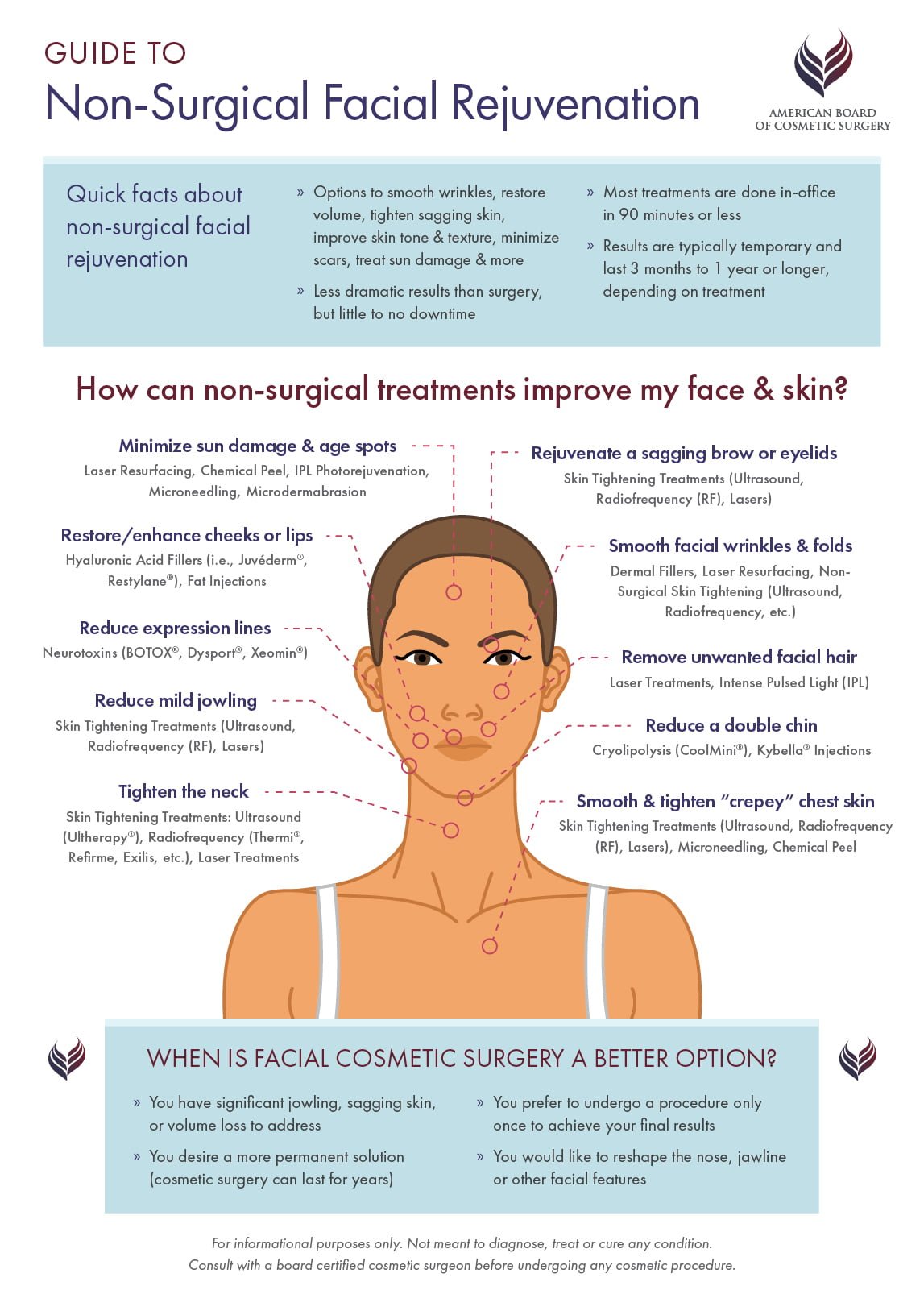Acne breakouts in the cheek area are activated by numerous things, from touching your face regularly to not altering your pillow case commonly enough. Picking at imperfections boosts your risk of infection and scarring, and particular medications can worsen dark places (postinflammatory hyperpigmentation).
Thankfully, there are lots of methods to avoid and treat cheek acne. These include:
1. Hormonal Modifications
Acne is mostly triggered by hormones, especially those produced during puberty and maternity. For some, a family history of acne might additionally add to their problem. Anything that blocks pores, such as oil-based skin treatment products or waxy hair products, can trigger acne. Numerous topical therapies, like benzoyl peroxide and salicylic acid, can deal with microorganisms and unclog pores. Those with serious or chronic acne ought to seek therapy from their medical professional.
Stay clear of touching or pressing your acne, as this can push some of the bacteria deeper into the skin, bring about an extra extreme outbreak. It is likewise essential to change pillowcases regularly and make use of tidy make-up brushes. You ought to also try to stay clear of toxic irritants such as rubbing from using a safety helmet or tight collar.
2. Diet regimen
The oily, sugary foods that many people think trigger acne might in fact refrain from doing so. As a matter of fact, studies have revealed that consuming a diet abundant in entire, nutrient-dense foods assists to prevent breakouts.
Foods high in the glycemic index (such as white bread, corn flakes, blew rice and potatoes, doughnuts and various other pastries) raise blood sugar level degrees rapidly, and this can increase hormonal agents that improve oil production and lead to acne.
Consuming alcohol cow's milk has actually also been linked to raised acne outbreaks. If you are a regular cow's milk enthusiast, you could wish to try changing to low-fat or nondairy options that are fortified with calcium. On top of that, consuming more water can aid to minimize acne since it helps to maintain the skin hydrated.
3. Excess Oil
While oil is vital for healthy skin, it can come to be an issue when too much sebum blends with dead skin cells and blocks pores. This combination can develop blackheads, whiteheads and pimples. massage The obstructed pore wall surface can break down and spill bacteria, dead skin cells and sebum right into bordering skin. This results in a red bump called a pimple. Sometimes these red bumps have pus in the facility from a bacterial infection. Bigger infected bumps that look like acne are called cysts.
There are lots of things that can create excess sebum and stopped up pores, including hormonal agent fluctuations, diet regimen and everyday habits. Some instances include touching the face regularly, resting your hand on your cheek, making use of filthy makeup brushes and not altering pillowcases consistently.
4. Tension
If you're dealing with pain pimples or a multitude of blackheads and whiteheads, it may be time to speak to a dermatologist. They can advise an effective therapy that suits your skin kind. Practicing leisure and stress-reduction techniques additionally assists.
Acne can take place in the cheeks because of rubbing and pressure, such as when an individual touches their face frequently or puts on a hat or sports helmet that massages against the skin. It can likewise appear where oily cosmetics and creams scrub versus the skin.
Avoid pressing acne, as this can push contaminated product deeper into the skin and bring about scarring. Instead, see a physician to learn about preventative therapies like drug, skin care items and lifestyle modifications. Consuming a healthy diet regimen of whole foods, obtaining 7 to nine hours of rest and using noncomedogenic makeup and skin care products can all help in reducing acne outbreaks.
5. Hair Products
Hair products are not normally thought of as a root cause of breakouts, but they can add to acne on the cheeks in some individuals. Pomade acne, which is defined by tiny shut comedones and papulopustules, is typically brought on by the use of oily hair products which contain comedogenic ingredients such as specific oils and acetylated lanolin.
Picking hair products that don't consist of these possibly comedogenic ingredients is a vital step toward decreasing breakouts. Likewise, making certain that hair products aren't can be found in contact with the skin can help stop outbreaks. For example, using a scarf or bonnet in the evening can limit hair-to-face get in touch with and minimize the chance that leave-in hair items will rub off onto the face.
Along with using a non-comedogenic moisturizer and cleaning with an acne face clean, other practical strategies include:
